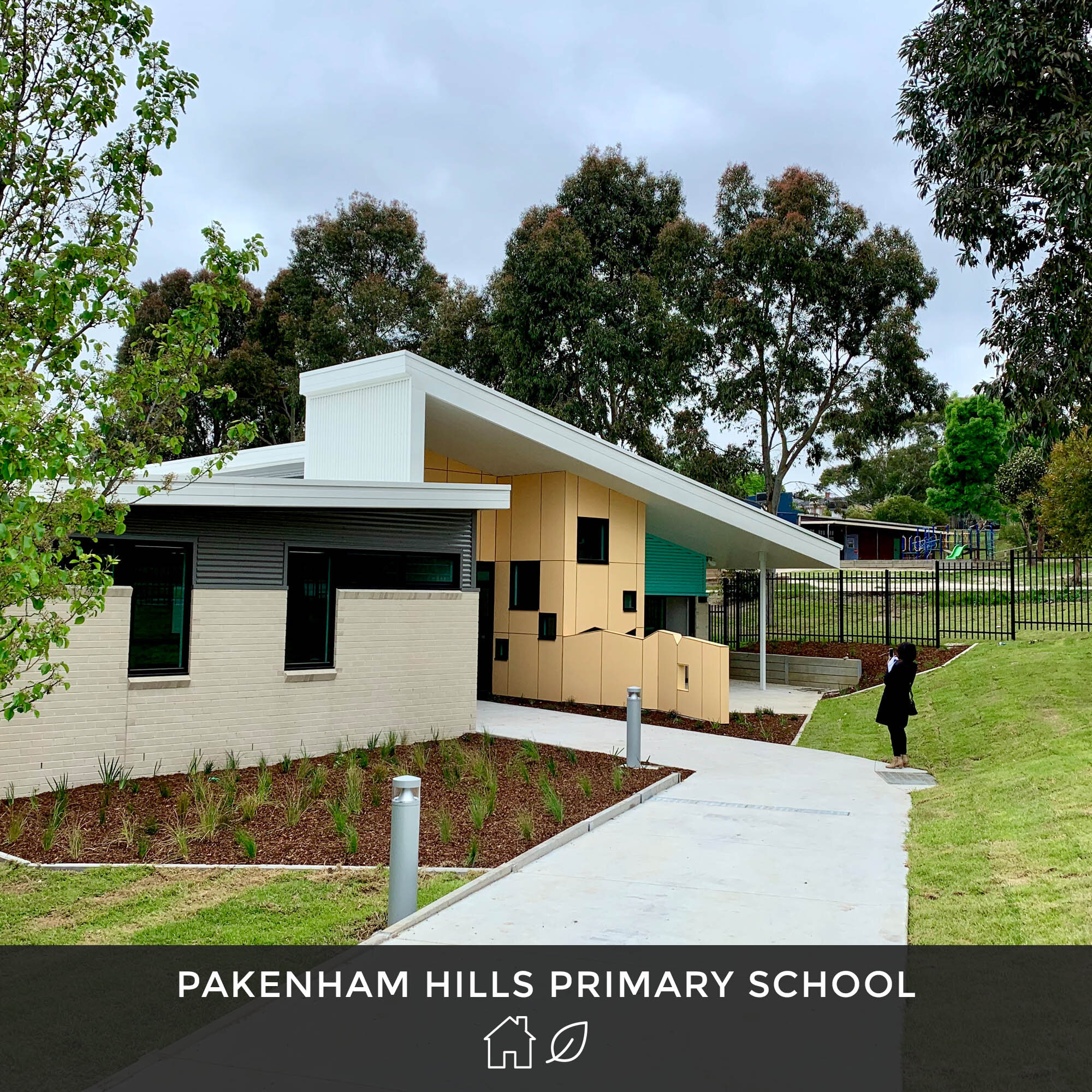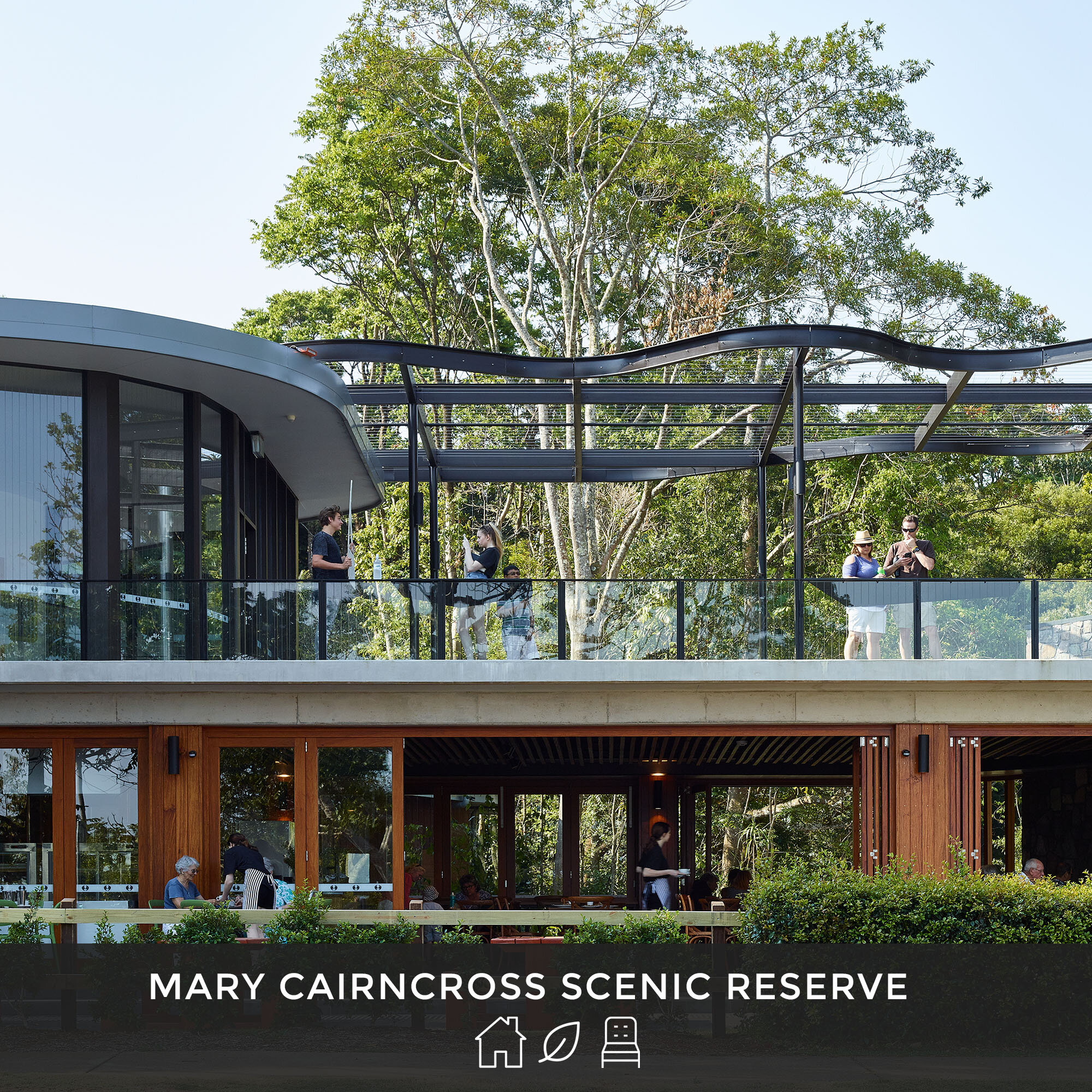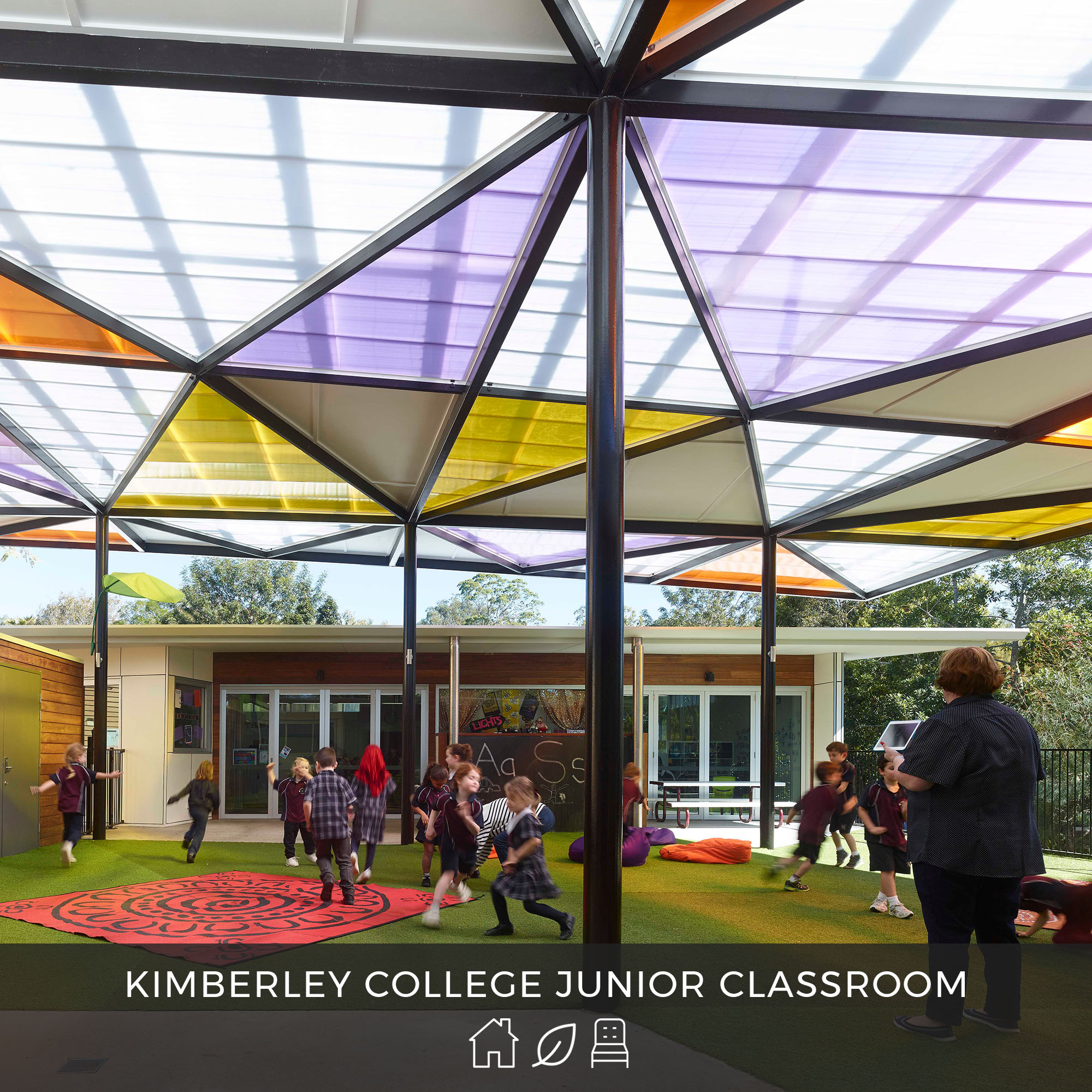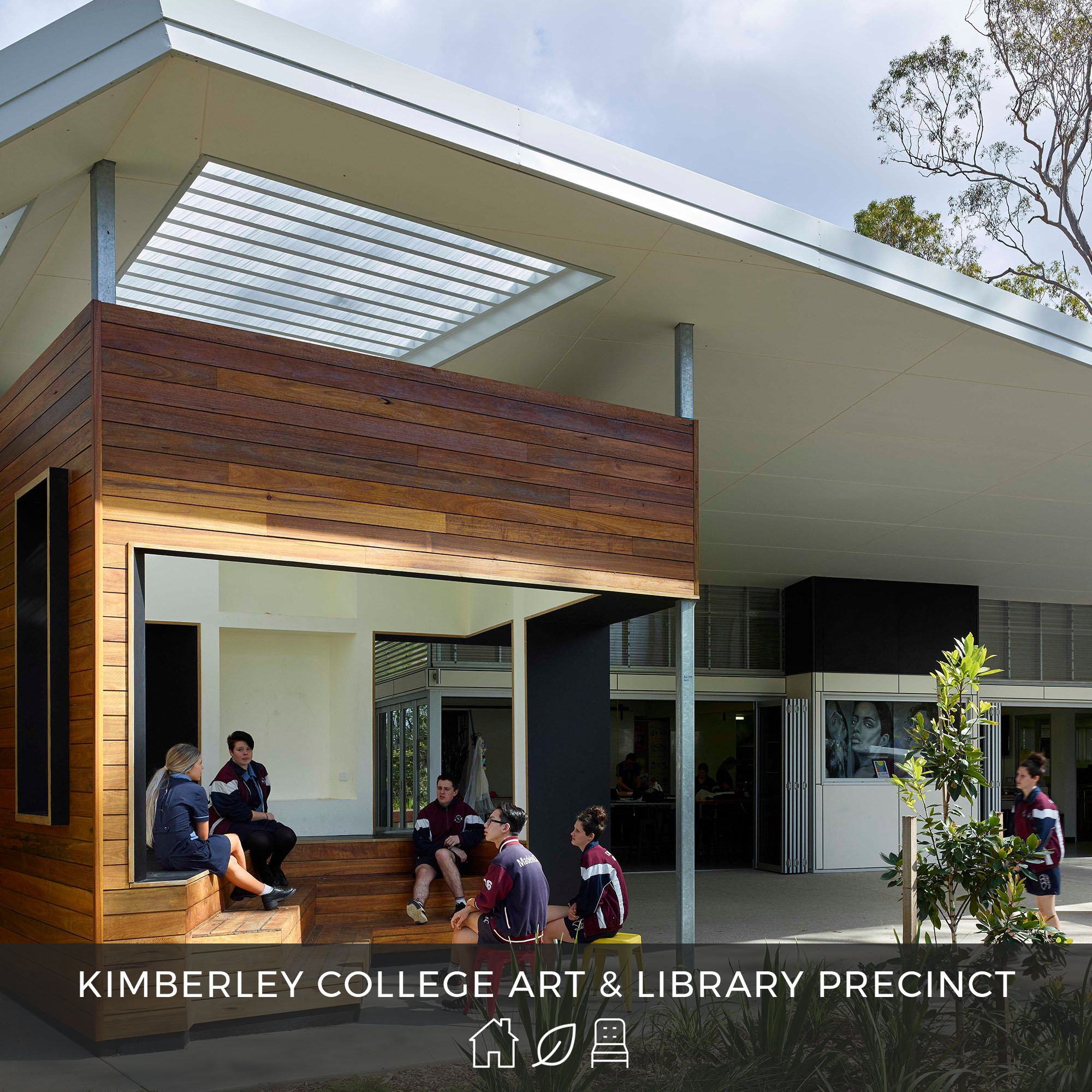With technology advancing, funding reducing and student expectations rising, schools and universities now face the challenge of continually innovating to gain and retain students, staff, and their competitive edge.
Helping education facilities rise to the challenge, Guymer Bailey creates unique, progressive, and sustainable education architecture that caters for the growing needs of schools and universities, and captures the eyes, hearts and minds of their students and staff.
With over 30 years’ experience and a proven track record of designing award-winning learning environments that align with teaching philosophies, Guymer Bailey works closely with teachers, staff, and facility managers to ensure buildings optimise learning and peer collaboration and prioritise flexibility and sustainability.
Having a creative yet methodical approach to design, each education project considers:
Flexibility in structure, interior layout, and services to accommodate any future changes to technology and building use.
Appropriate orientation to limit the exposure to the western sun, allow for selective natural light, and capture breezes.
Optimal design and layout to allow natural ventilation, light, and shadow and into the building at appropriate times.
Right selection of building materials, openings, insulation, glazing and building sealing for the environment.
Physical and visual connection between architecture and landscape to positively affect health and wellbeing.
Respectful use and reuse of water
Add-on technologies needed including solar panels, energy-efficient building services and building management systems.
With a commitment to sustainability and a belief that education is a catalyst for change, one of the greatest opportunities our clients and team have in the design of education architecture is an ability to bestow a sense of stewardship on future generations by educating them on the benefits of sustainability.
Effectively operating the building management system and monitoring energy usage and production is a profound learning opportunity and a way of developing future good habits. This education is foundational to instilling a broader community culture of environmental awareness and mindfulness.











